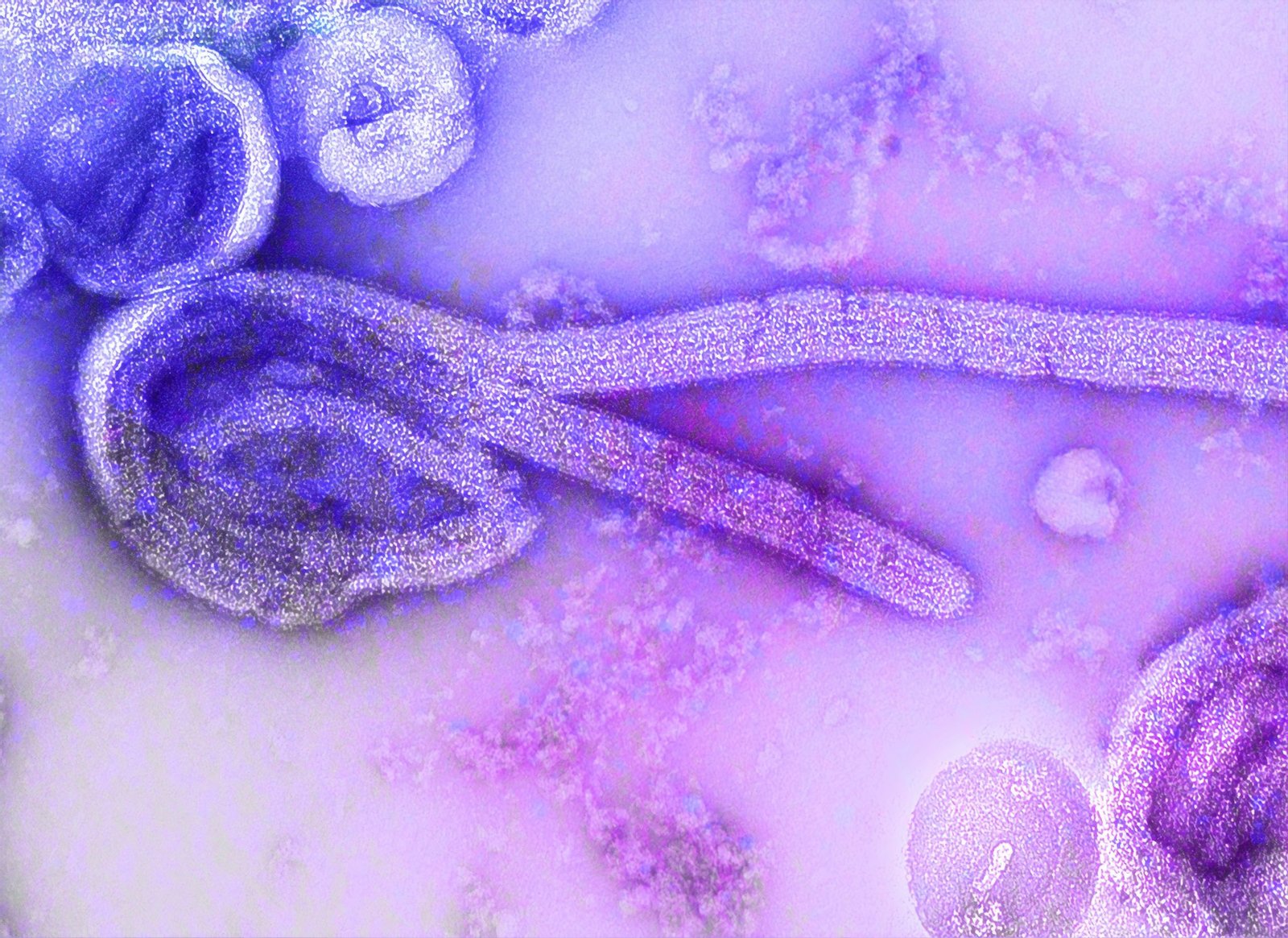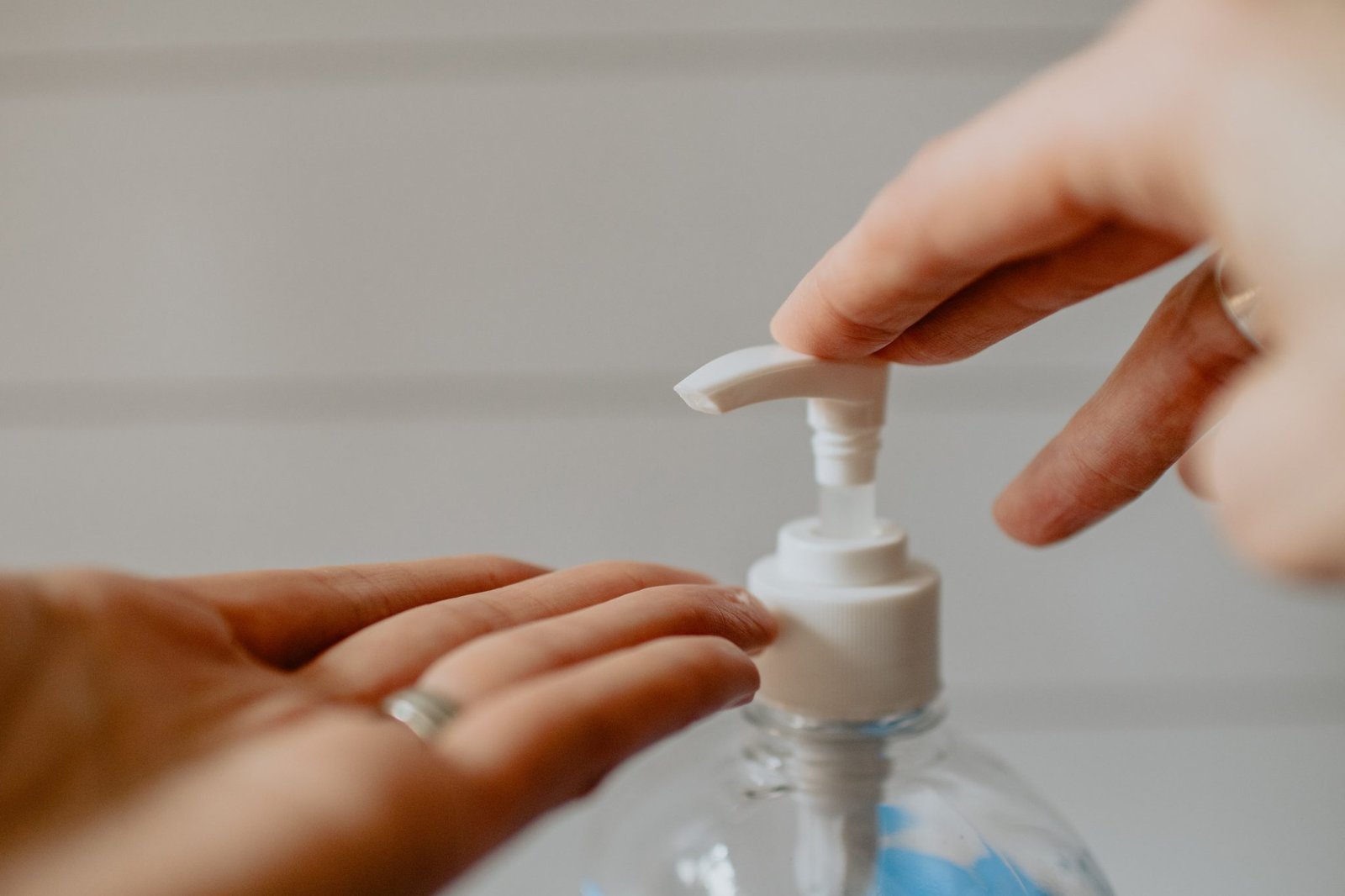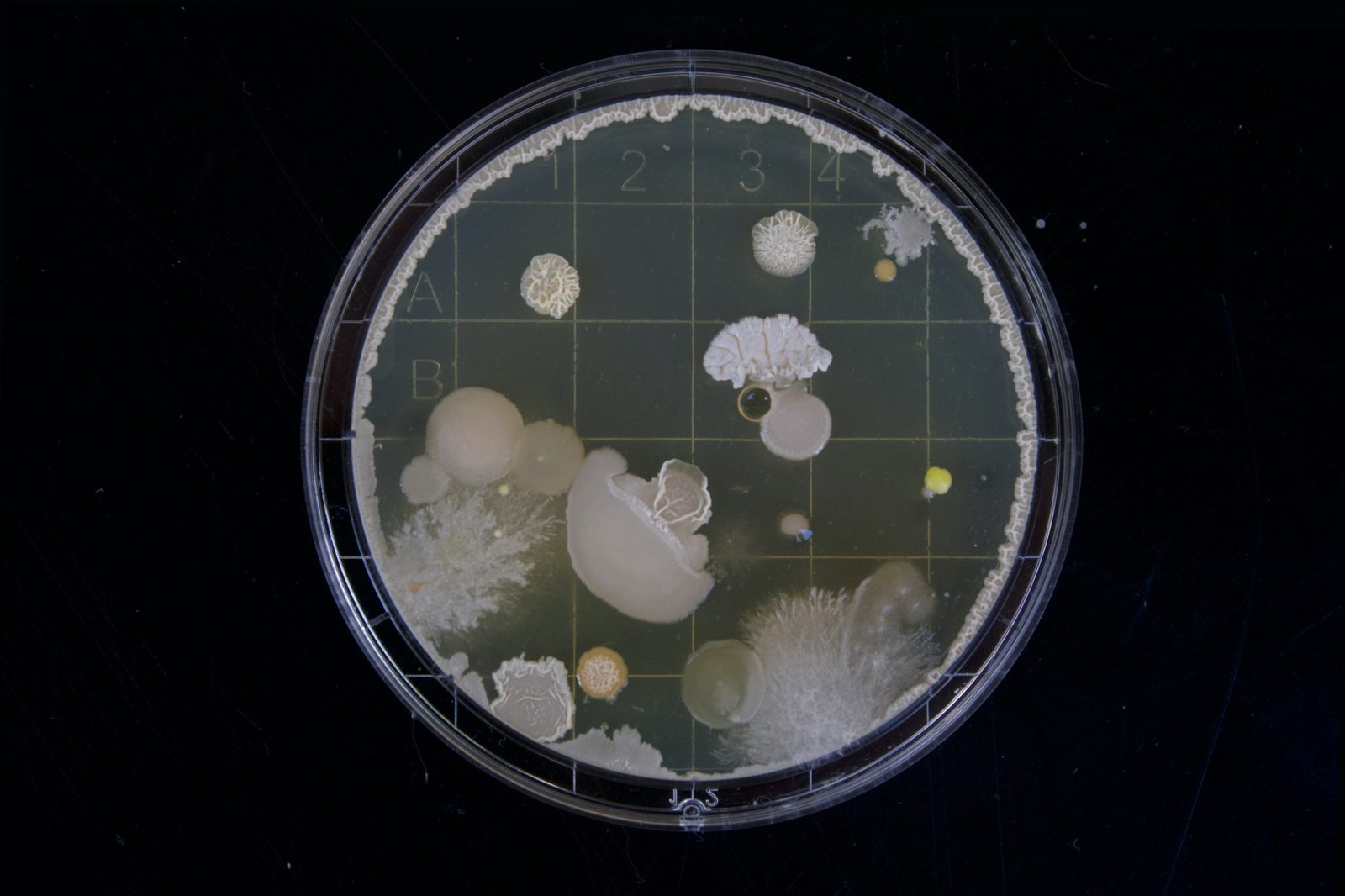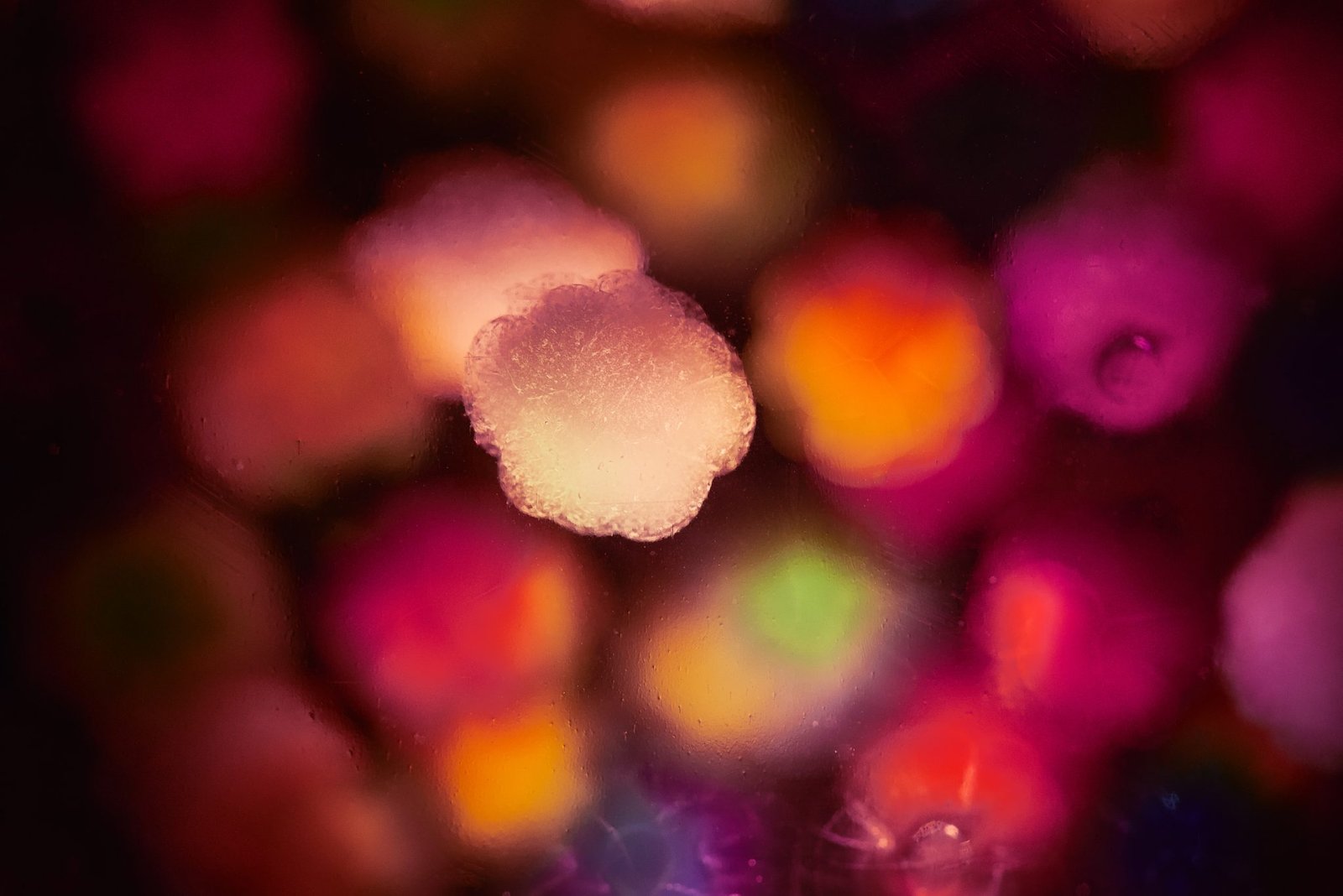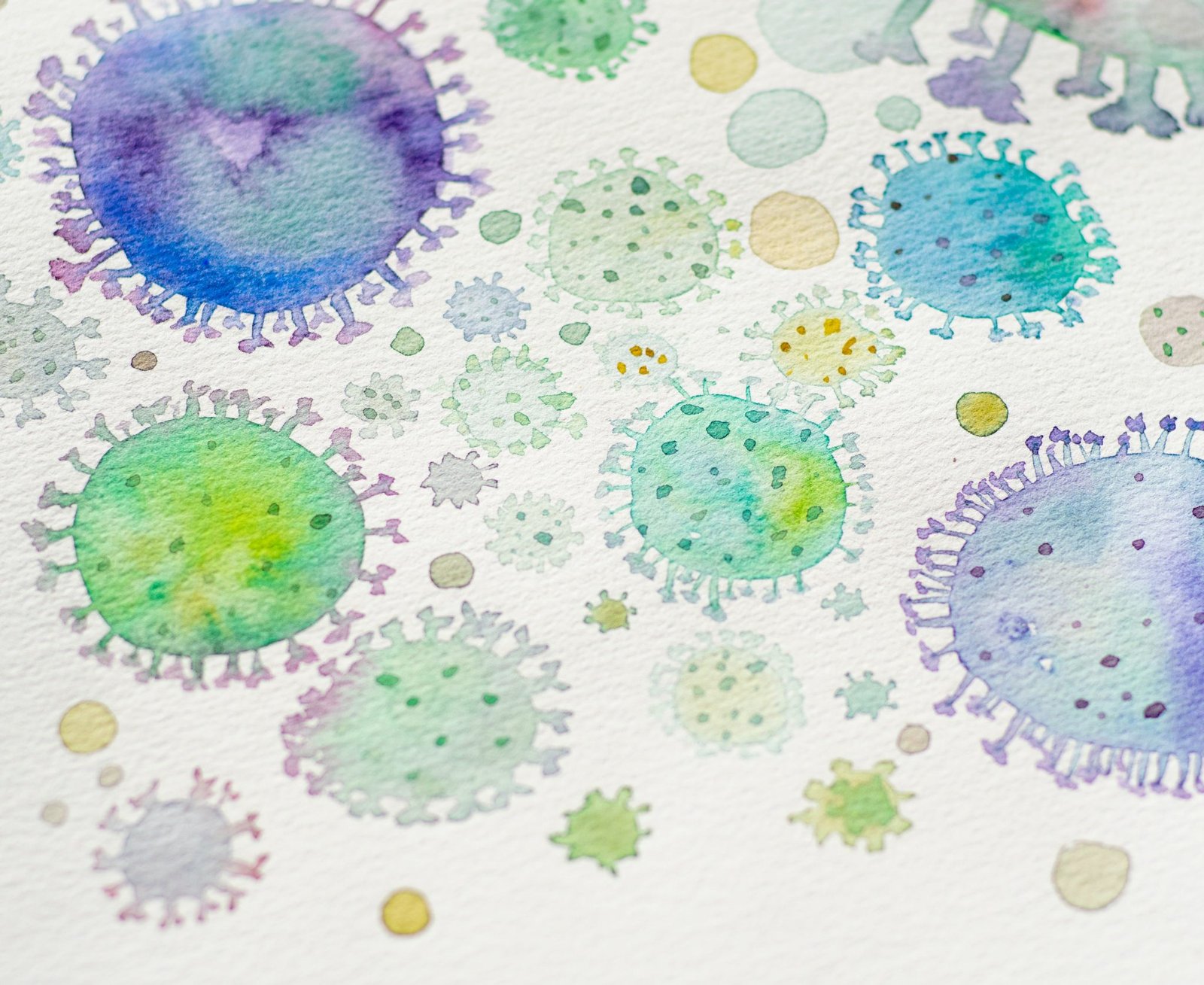
Disinfection Vs. Sterilization: How To Fight Germs Effectively
Disinfection and sterilization are ways to decontaminate and date back before the 19th century.
A distinctive essential contrast between the two terms is the overall outcome of decontamination. In other words, disinfection is the process of minimizing or inactivating microorganisms, while sterilization is the actual process of killing all microbes.
Different decontamination methods in the modern world are mainly associated with the evolution of advanced technologies. It is prudent to say that disinfecting and sterilizing control disease-causing microorganisms, a prerequisite to human survival. The best way to compare disinfection versus sterilization is by type or method.
Types of Disinfection
Alcohol
Concentrated alcohol mixed with a proportion of water makes alcohol-based sanitizers. Alcohol-based disinfects ideally should contain at least 70% alcohol for them to be effective. Alcohol-based disinfectants used to clean contaminated surfaces and objects either by the spraying of rubbing against kills most vegetative microbes. This method of disinfection is standard in hospitals to disinfect medical instruments and skin before prick. Disinfection is to avoid the transfer of microbes to patients. Alcohol works by denaturing the microbe protein structure, thereby disintegrating the microorganism.
Oxidizer
Oxidizing agents such as chemicals act by removing electrons from another reactant substance. Bleach and hydrogen peroxide are critical examples of oxidizing agents commonly used in households. Oxidizers used in disinfecting toilets, floors, surfaces, and inanimate objects are useful in inactivating microorganisms. Chlorine, for instance, is used to decontaminate drinking water and swimming pools.
Phenol
Phenols are disinfectants that act to destroy proteins within the microorganism as Dettol. Phenols are regularly used in healthcare because they are active against most bacteria and viruses. However, it is worth noting that some phenol-based disinfectants rendered ineffective when diluted using hard water, and therefore soft water, distilled or deionized water, is recommended for dilution.
Ultraviolet (UV) Rays
UV light used to disinfect water, objects, and air for many decades has been an efficient mode of disinfection. The beams interfere with nucleic acids, such as microbial DNA hindering the replication process and reduces pathogenic transfer as well. This is a very efficient method and ought to be carried out with a lot of precaution since some form of UV rays are harmful to human skin and associated with skin cancer.
Types of Sterilization
Air Spray
Air sanitizers entail concentrated antimicrobial aerosols or water vapors dispersed from a nozzle sprayer into the air. Air sprays are mainly used to purify the air and have several ways to do it, depending on the type of air impurity. This method is often found in commercial-grade products that can be easily purchased by consumers in the market. There are also anti-microbial body sprays that are similar to air sanitizers, except they are safe to use on your skin.
Autoclaving
Autoclaving is the use of steam under pressure held for 15 minutes at 121 degrees Celsius, achieving high levels of sterilization. Autoclaving is more effective than boiling because the water boiling point surpasses beyond the boiling point when under pressure. Autoclaving is common in the field of medicine, where hazardous infectious instruments can be sterilized and reused.
Heating
Heat as a form of sterilization is the most cost-effective method within a household. Incineration, flaming, boiling in water, dry baking, or tyndallization are usually methods used in our day to day life. Significant sterilization levels achieved by heat kills most microorganisms except for sporulating microbes such as bacillus and fungi.
Irradiation
The concept that some radiations are harmful to living organisms, but on the flip side, can be beneficial. Some emitted radiations such as electron beams, gamma, and x-rays are used in the medical field to kill or attenuate microorganisms.
Single usage of disposable objects such as syringes and sterile gloves commonly sterilized using ionizing radiations achieves high levels of sterility. A key benefit of using this method includes the achievement of high sterilization levels in packaged products. At the same time, the main demerit can be the exposure to radioactive rays associated with a myriad of cancers.
Chemical Sterilization
Chemicals, both in liquid and gaseous form, are also commonly used during sterilization. Hydrogen peroxide, ethylene oxide, formaldehyde, and ozone are some of the corrosive chemicals used during sterilization. Plastics, electronics, biological, or other heat-sensitive materials sterilize more often using chemicals. These are all chemicals that are used by professional crime scene cleanup companies when dealing with a case that has caused biohazards, meaning that chemical sterilization can really help in cleaning up a mess.

Sterile Filtration
Small pores that allow passage of microorganisms through a filter have shown to be effective sterilization methods. Sterile filtration on fluids such as medicine is preferred whenever other sterilization methods, such as chemicals, heat, or radiation, may damage the product.
In the modern world, the application of disinfection and sterilization is used nearly in all facets of human life. For instance, homicide scene cleanup professionals typically use disinfection and sterilization as part of their services. Their job involves cleaning up biohazards, such as blood, bodily fluids, and other potentially infectious materials, which can pose serious health risks if improperly handled.
The concept lies in the overall goal of decontamination to prevent and control infectious agents. In summary, disinfectants are used to decontaminate environmental surfaces and the surrounding air, while sterilizers are used to purify food products and medical appliances.
